
-
Find the right food for your petTake this quiz to see which food may be the best for your furry friend.Find the right food for your petTake this quiz to see which food may be the best for your furry friend.Health CategoryFeatured products
 Adult Small Bites Chicken & Barley Recipe Dog Food
Adult Small Bites Chicken & Barley Recipe Dog FoodSupports lean muscle for dogs who prefer smaller kibble
Shop Now Adult Oral Care Small & Mini Chicken, Rice & Barley Recipe Dog Food
Adult Oral Care Small & Mini Chicken, Rice & Barley Recipe Dog FoodClinically proven kibble technology to reduce plaque & tartar build-up, specially designed for small & mini dogs
Shop Now Adult 7+ Small Bites Chicken Meal, Barley & Rice Recipe Dog Food
Adult 7+ Small Bites Chicken Meal, Barley & Rice Recipe Dog FoodSupports energy level and beautiful coat in mature dogs who prefer smaller kibble
Shop NowFeatured products Adult 7+ Tender Tuna Dinner Cat Food
Adult 7+ Tender Tuna Dinner Cat FoodWith delicious chunks in a decadent gravy
Shop Now Sensitive Stomach & Skin Chicken & Beef Dinner
Sensitive Stomach & Skin Chicken & Beef DinnerGourmet daily nutrition, carefully made. Tasty chunks with chicken & beef in a decadent gravy. Supports digestive health, nourishes skin and promotes a lustrous fur.
Shop Now Adult Chicken & Spinach Casserole Cat Food
Adult Chicken & Spinach Casserole Cat FoodWith delicious chunks in a decadent gravy
Shop Now -
DogCat
- Cat Tips & Articles
-
Health Category
- Weight
- Skin & Food Sensitivities
- Urinary
- Digestive
- Kidney
- Dental
- Serious Illness
-
Life Stage
- Kitten Nutrition
- Adult Nutrition
Featured articles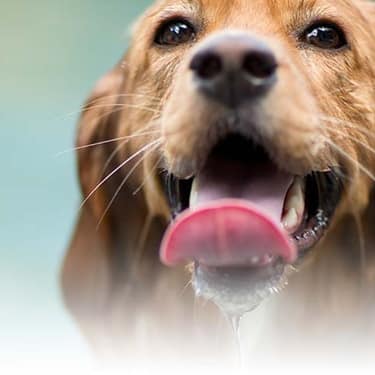 Water
WaterWater is the most important nutrient of all and essential for life. Animals can lose almost all their fat and half their protein and still survive, but if they lose 15% of their water, it will mean death.
Read MoreHill's Australian Bushfire EffortsRead More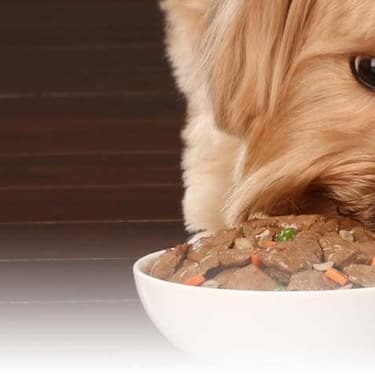 Pet Food Storage Tips
Pet Food Storage TipsWhere you store your cat and dog food can make a big difference in the quality and freshness once it is opened. Here are some common questions and recommendations for optimal storage for all of Hill’s dry and canned cat and dog food.
Read More -


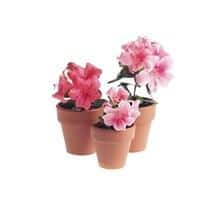 Many cat owners have opted in recent years to keep their cats indoors. This is understandable as the dangers of road traffic accidents are all too real in both rural and urban locations. But indoor living can be hazardous too. Weight gain due to inactivity or behavioral problems due to lack of stimulation are easily solved through feeding the right foods and providing toys and games that keep cats active and interested. But how else can you ensure that your indoor cat is kept safe and sound?
Many cat owners have opted in recent years to keep their cats indoors. This is understandable as the dangers of road traffic accidents are all too real in both rural and urban locations. But indoor living can be hazardous too. Weight gain due to inactivity or behavioral problems due to lack of stimulation are easily solved through feeding the right foods and providing toys and games that keep cats active and interested. But how else can you ensure that your indoor cat is kept safe and sound?
Safe Surroundings
Houseplants can present significant dangers to cats who are tempted to chew on leaves or flowers particularly. The part of the plant that is actually eaten can make a big difference to how a cat will be affected: daffodil bulbs for example are a common cause of poisoning in dogs but the leaves and flowers (which a cat is more likely to chew) are a much less common cause of poisoning. To be safe, daffodils and lilies are probably best avoided as they are one of the most common causes of plant poisonings in pets. It is also important to remember that fresh flower bouquets can also be eaten - Lily of the Valley for instance is toxic to cats.


Tasty Tips
The root of the problem
Your cat does not need to swallow a plant to be harmed, as some plants such as Joseph's Coat (Croton), have toxic sap that is released when the plant is chewed, causing blistering of the mouth. However, the risks do have to be kept in proportion. In some cases the toxic reaction to plants can be very mild and in others it is 'self limiting' meaning that the cat will recover on its own. It is also not uncommon to see huge lists of houseplants that can cause poisoning in cats. In reality, the majority of cats will find most of these plants unattractive or uninteresting. Cyclamen for instance is often included in these lists but it is only the root that is poisonous and few cats are likely to find them so attractive that they will dig down and eat sufficient quantities to trigger a reaction.
Hot Tips
Avoid buying houseplants that are known to cause toxic reactions in either children or pets - if they present a danger to children, they probably present a danger to cats
If your cat eats a significant quantity of any houseplant or a little of a known toxic plant, or shows salivating or distress after chewing a plant, contact your vet straight away
Consider placing silver foil or cling film around the base of your houseplants - this makes digging around the roots of the plant unattractive.
Ensure your cat always has plenty of fresh water available (to avoid the temptation to chew leaves for moisture)
Offer toys, timed meals from automatic dishes, or a wind chime outside the window, to keep your cat amused when you are out, because boredom can lead to plant chewing.
The Most Common House Plant Poisons
Azalea
Lilies including Easter Lily, Day Lily (Hemerocallis), Tiger lily
Croton (Joseph's Coat)
Daffodils (Narcissus species)
Caladium (Elephant Ear)
Dieffenbachia (Dumb Cane)
Ficus (rubber plants, weeping and variegated fig plants)
Philodendron
Monstera (Swiss Cheese Plant)
Oleander
Poinsettia
Christmas Cherry
Holly berries
For more information visit the Royal Horticultural Society


One of our staff authors prepared this article for you
Related products

With delicious chunks in a decadent gravy

Gourmet daily nutrition, carefully made. Tasty chunks with chicken & beef in a decadent gravy. Supports digestive health, nourishes skin and promotes a lustrous fur.

With delicious chunks in a decadent gravy

With delicious chunks in a decadent gravy
Related articles

Are you looking to get your cat more active? Does she constantly look bored? Then you may want to consider using a food-dispensing (also known as treat-dispensing) cat toy, which provides both physical and mental stimulation during snack times.
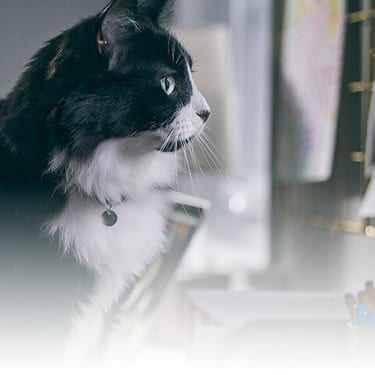
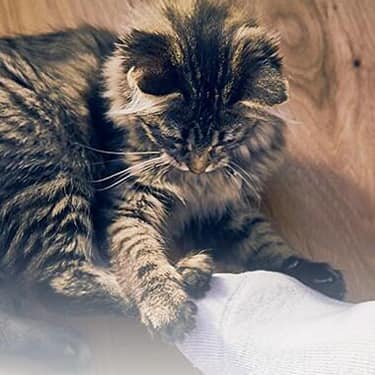
Discover which cat toys games your feline friend might like, and how they are great sources of exercise. Explore our library of articles to learn more.
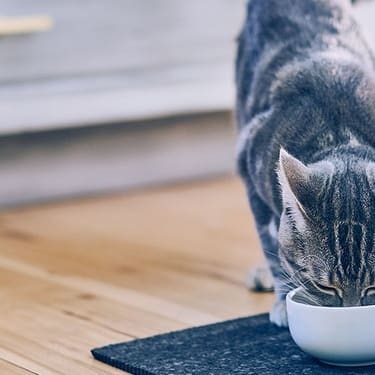
Good nutrition is about the right balance of nutrients. Learn more about health issues when feeding a cat food that has an improper nutritional balance from your friends at Hills Pet Nutrition.
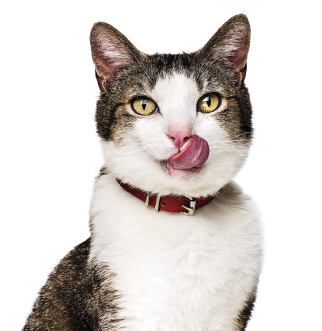
Put your cat on a diet without them knowing
Our low calorie formula helps you control your cat's weight. It's packed with high-quality protein for building lean muscles, and made with purposeful ingredients for a flavorful, nutritious meal. Clinically proven antioxidants, Vitamin C+E, help promote a healthy immune system.
Put your cat on a diet without them knowing
Our low calorie formula helps you control your cat's weight. It's packed with high-quality protein for building lean muscles, and made with purposeful ingredients for a flavorful, nutritious meal. Clinically proven antioxidants, Vitamin C+E, help promote a healthy immune system.

